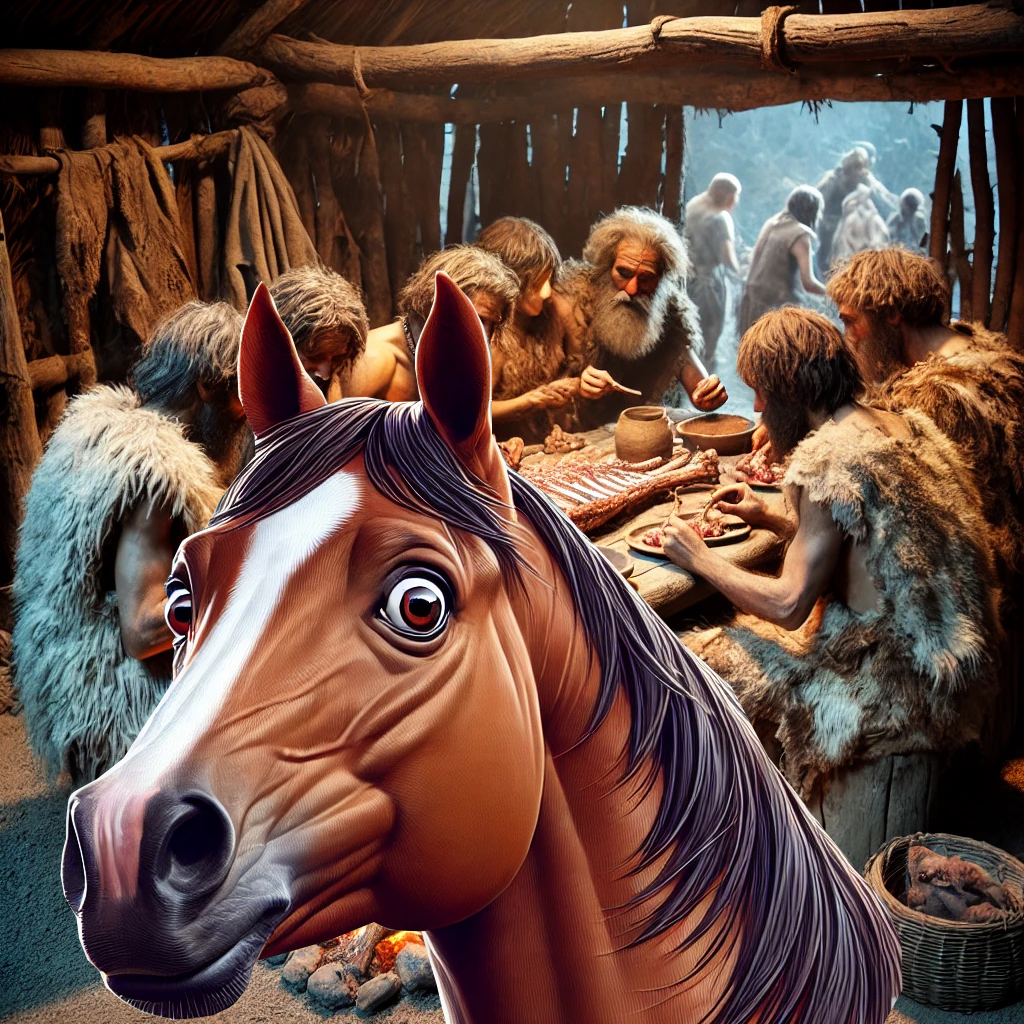Horses are incredible animals that have played a huge role in human history. Today, we think of horses mainly as companions or animals used for transportation and sport. But did you know that long ago, horses were actually raised for food? Scientists have been studying ancient horse bones and DNA to learn more about how and why horses were first domesticated, and their findings tell an interesting story.
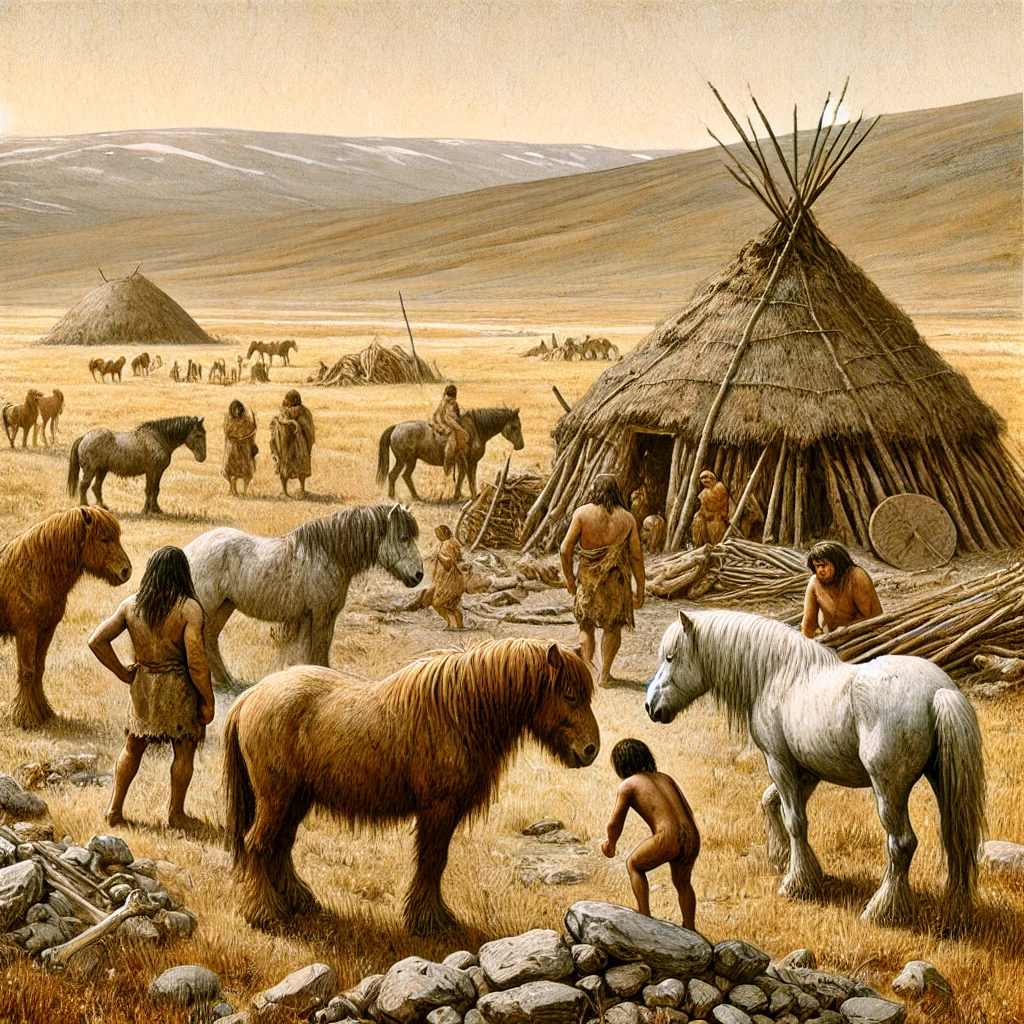
The Origins of Horse Domestication
It all started in the vast grasslands of what is now Russia and Central Asia. Around 5,500 years ago, people in these regions began interacting with horses. But they weren’t riding them yet! The earliest evidence suggests that these people were keeping horses mainly for their meat and possibly for their milk. Horses were a source of food, much like cattle or sheep are today.
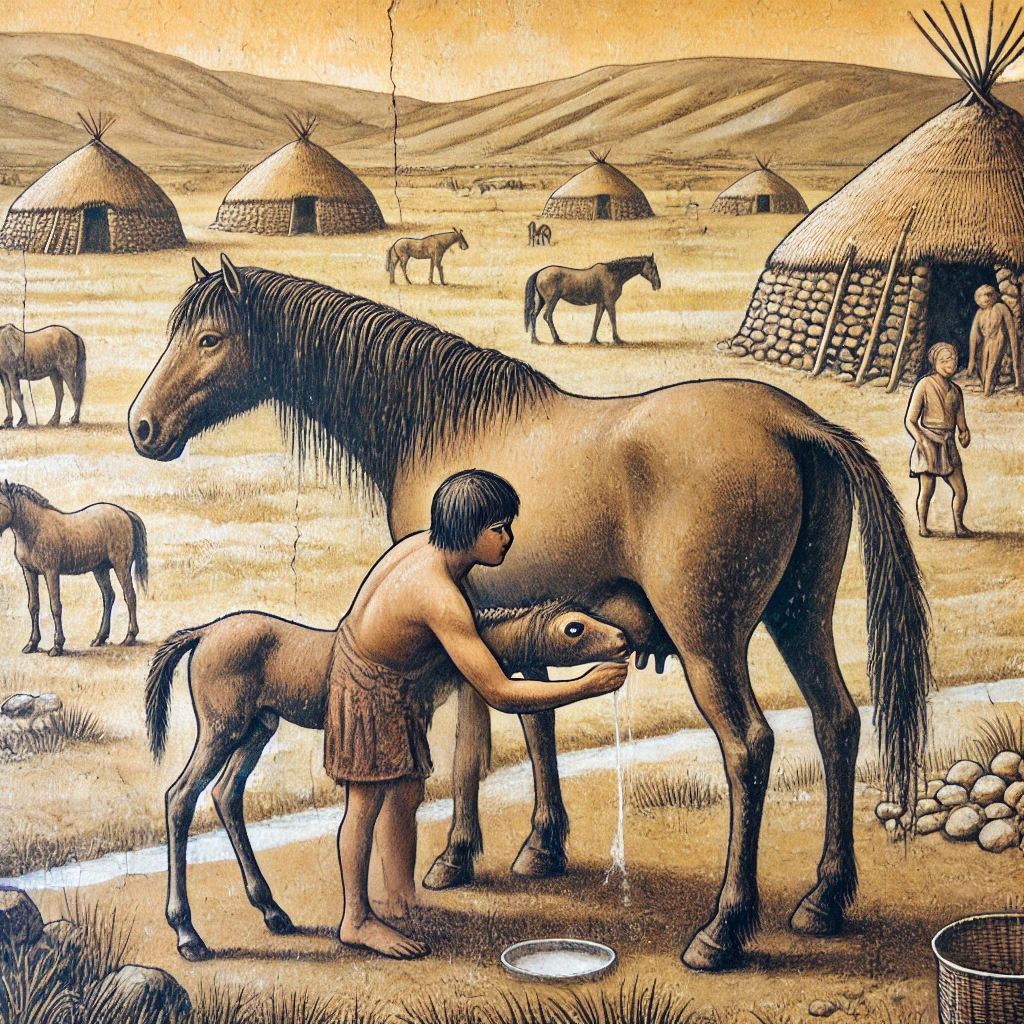
At first, it was believed that horses were domesticated for riding by a group of people known as the Yamnaya, who lived in the western Russian steppes around 5,000 years ago. The Yamnaya people were known for their migrations across Europe and are thought to have spoken a language that included many horse-related words. Some of their skeletons show signs that they might have ridden horses, but new evidence suggests that horses weren’t widely used for riding until much later.
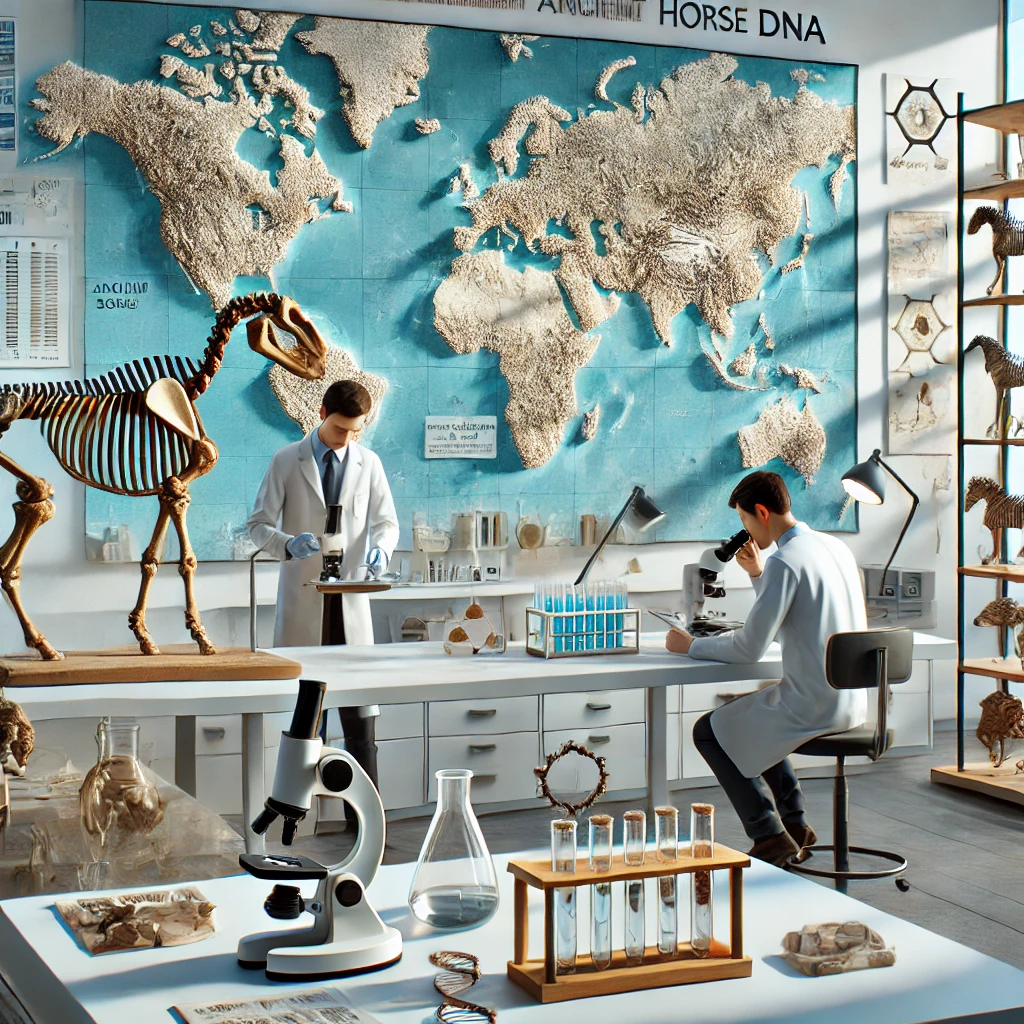
The Study of Ancient Horse DNA
To understand the history of horse domestication, scientists studied horse bones from 230 archaeological sites across Europe and Asia. They used a method called radiocarbon dating to find out how old the bones were and next-generation genome sequencing to look at the DNA of these ancient horses.

What they discovered was that about 4,200 years ago, horses began to spread rapidly across Europe. This was when people started breeding horses in large numbers, leading to the type of domestic horses we know today. Before this big expansion, horses weren’t moving around as much, and they weren’t being used for riding on a large scale. In fact, earlier domesticated horses found at a site called Botai in Central Asia were likely raised for food instead of transportation.
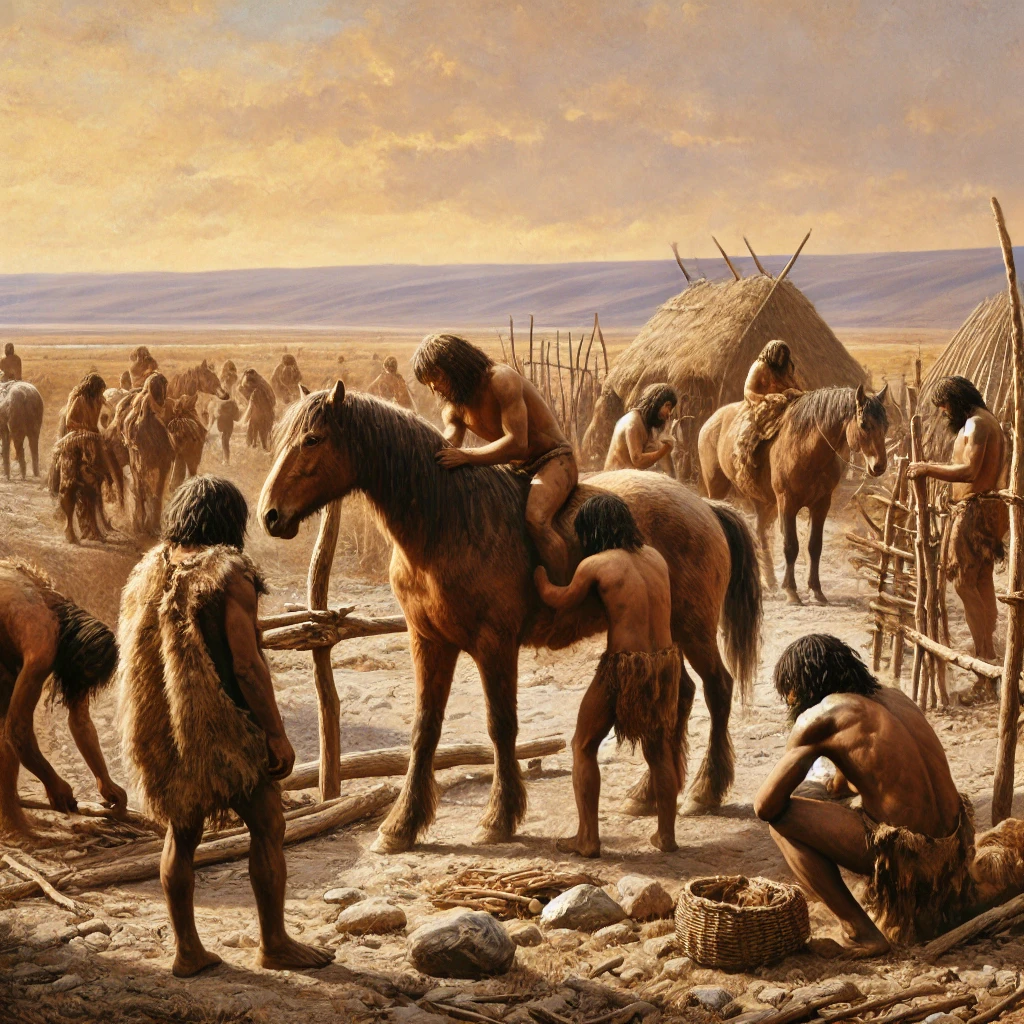
The Impact on Human History
The rapid increase in horse breeding around 4,200 years ago marked a major change in human history. Horses became essential for moving people and goods over long distances, which helped connect different regions and cultures. This period saw the rise of powerful societies that relied on horses for travel, trade, and warfare.
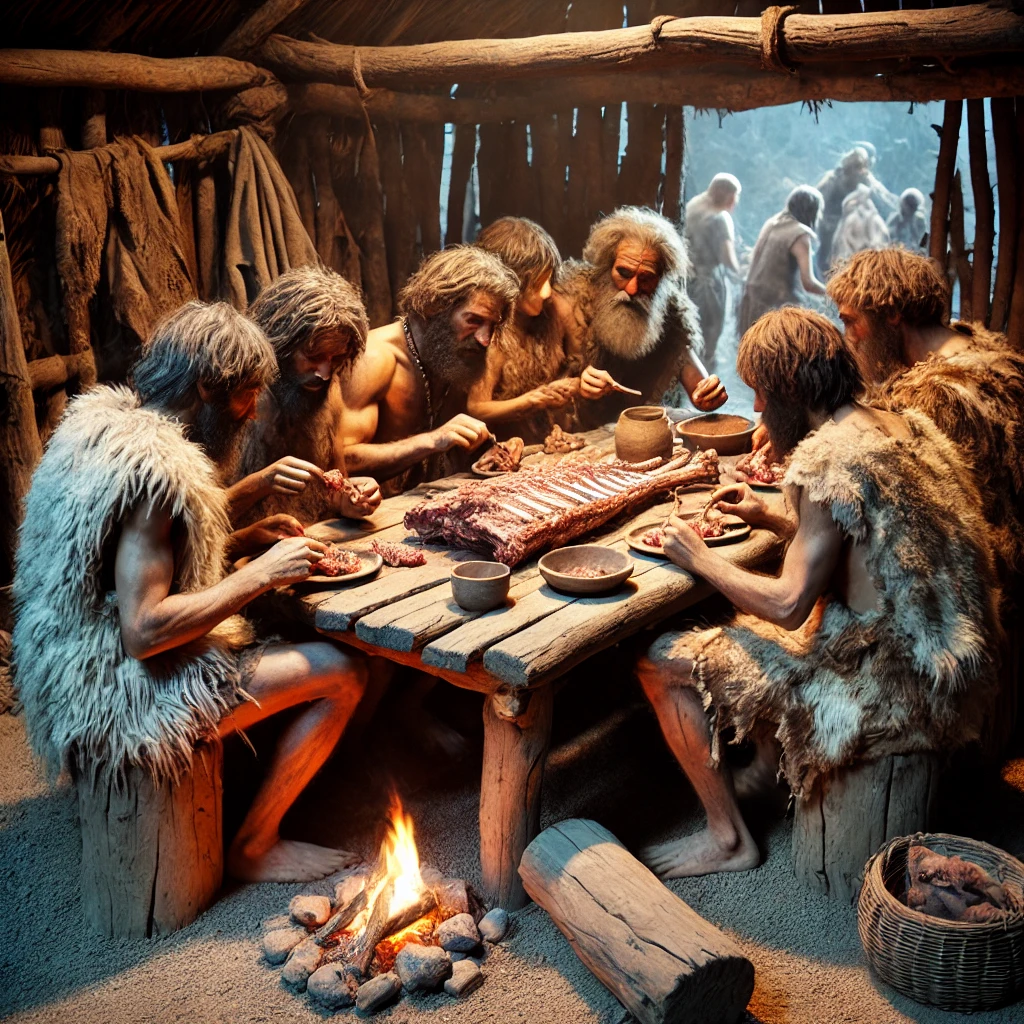
But before this transformation, horses were mainly kept for their meat. It wasn’t until people figured out how to breed horses for riding that they became the powerful animals we think of today. The success of this new breed of horses allowed humans to travel farther and faster than ever before, shaping the course of history.
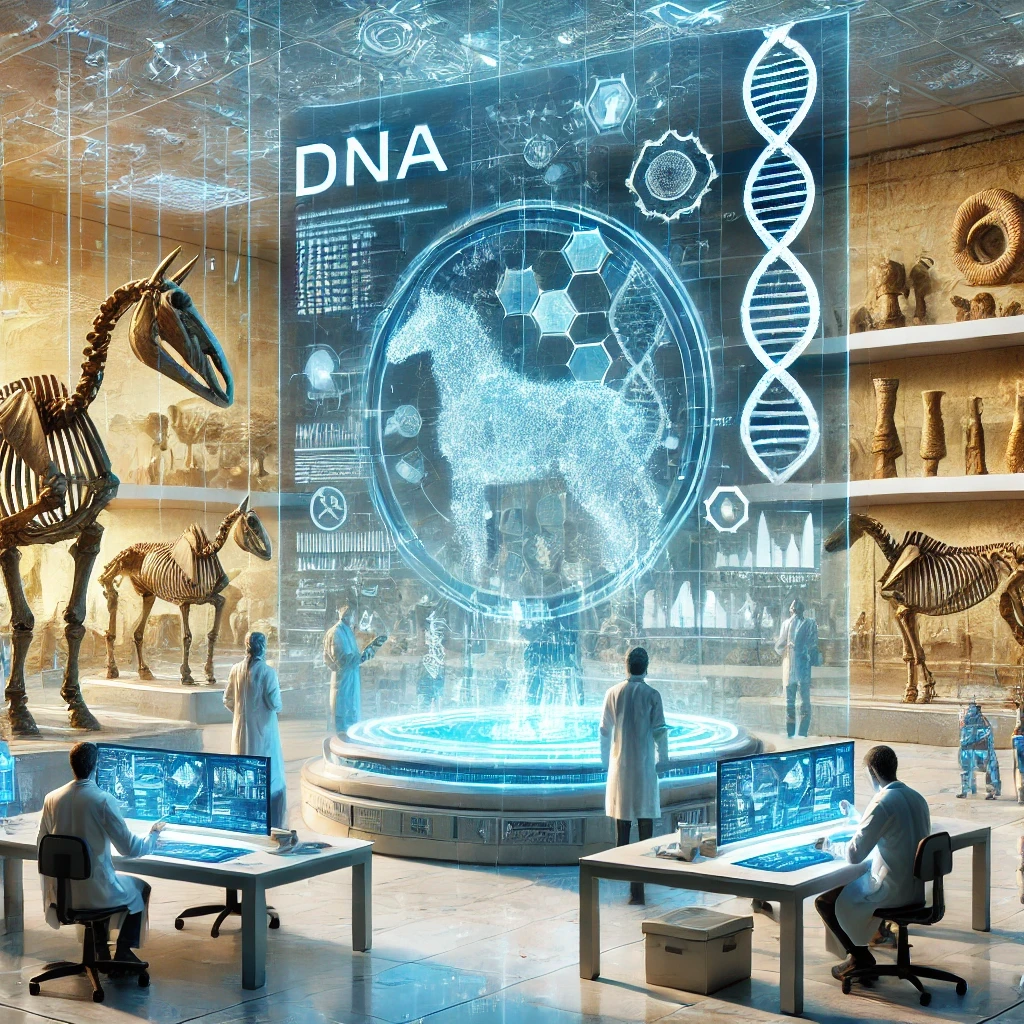
What’s Next in Horse Research?
Even though scientists have learned a lot, there’s still more to discover about the early history of horses. Future research might look at the diets of ancient horses or study the tools and equipment people used with horses. By continuing to study these amazing animals, we can learn even more about how horses helped shape the world we live in today.
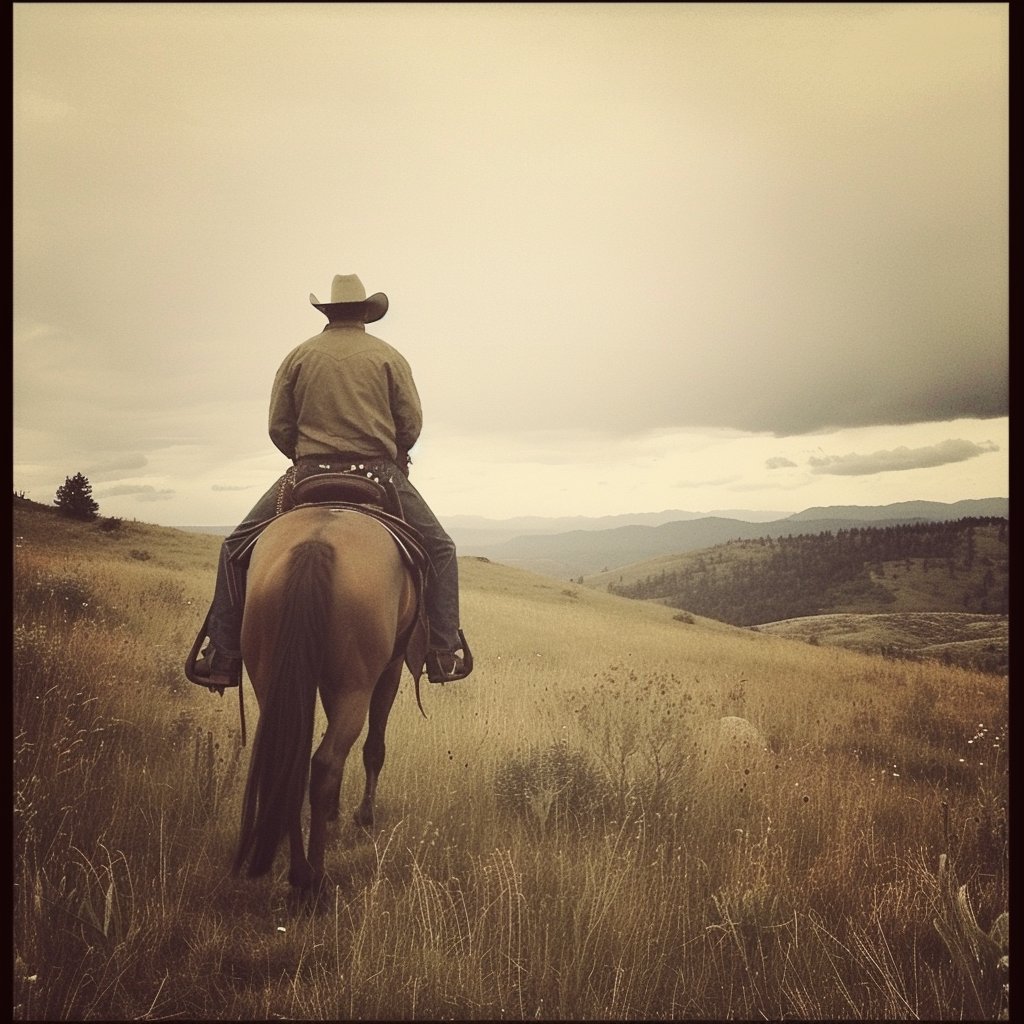
Horses weren’t always the animals we know today. Long before they were used for riding, they were raised for food by ancient people in Central Asia. This early domestication eventually led to the widespread use of horses that transformed human societies, making them one of the most important animals in history.


